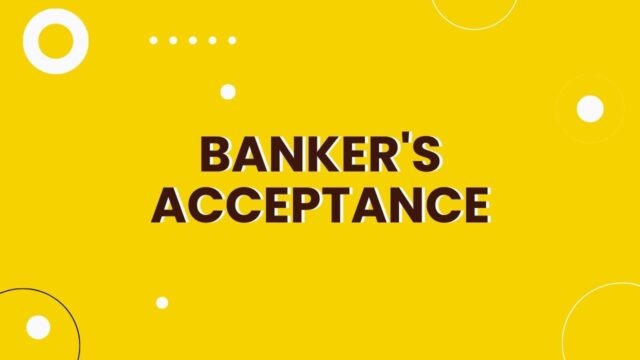
What is a Banker’s Acceptance
A banker’s acceptance is a short-term debt instrument that is typically used by businesses for trade financing. The instrument is created when a bank agrees to accept and pay a customer’s draft at a future date. This upfront commitment from the bank provides the customer with certainty of funding and allows them to obtain trade financing on more favorable terms than if they were to secure funding from another source. Banker’s acceptances are also seen as being relatively low risk by lenders, which makes them an attractive financing option for businesses. However, the use of banker’s acceptances is not without its risks, and businesses should be aware of these before entering into any agreements.
Benefits of using a Banker’s Acceptance
There are several benefits to using a BA. First, it adds an extra layer of protection for the buyer, as they can rely on the bank to make the payment if the seller does not come through. Second, it can help to speed up the trade process, as the bank’s guarantee means that there is no need for further negotiation or documentation between the parties. Finally, it can also provide some degree of financial protection for the seller, as they will receive payment even if the buyer defaults on their obligations. Overall, a BA can be a useful tool in managing risk and ensuring smooth completion of international trade transactions.
Drawbacks of using a Banker’s Acceptance
A banker’s acceptance is a document that guarantees payment of a sum of money at a future date. This type of financing is often used in international trade transactions, as it can provide a certain level of protection for both the buyer and the seller. However, there are some drawbacks to using a banker’s acceptance. First, the fees associated with this type of financing can be quite high. Second, the process of obtaining a banker’s acceptance can be complex and time-consuming. Finally, if the buyer fails to make the required payment on the due date, the seller may be left holding an unsecured debt. As a result, it is important to carefully consider all of the risks and costs associated with using a banker’s acceptance before entering into any type of transaction.
When is it appropriate to use a Banker’s Acceptance
Banker’s acceptances are also sometimes used by foreign buyers of U.S. goods to finance their purchases. In order to obtain a banker’s acceptance, the borrower must first have an account with the bank. The bank will then review the borrower’s financial history and creditworthiness before approving the loan. Once the loan is approved, the bank will issue a letter of credit, which guarantees payment of the loan. The borrower then has a set period of time in which to repay the loan, usually 30 to 90 days. If the borrower does not repay the loan within that time frame, the bank can take legal action to collect the debt.
How to get started with a Bankers’ Acceptance
In order to obtain a banker’s acceptance, the buyer needs to have an account with the accepting bank. The bank will then issue a letter of credit, which acts as a guarantee of payment. The buyer will then present the letter of credit to the seller, who can then draw on the letter of credit to get paid. Banker’s acceptances are considered to be low-risk investments, and as a result, they often offer higher interest rates than other types of investments. For this reason, they can be an attractive option for investors looking for a safe place to park their money.


































